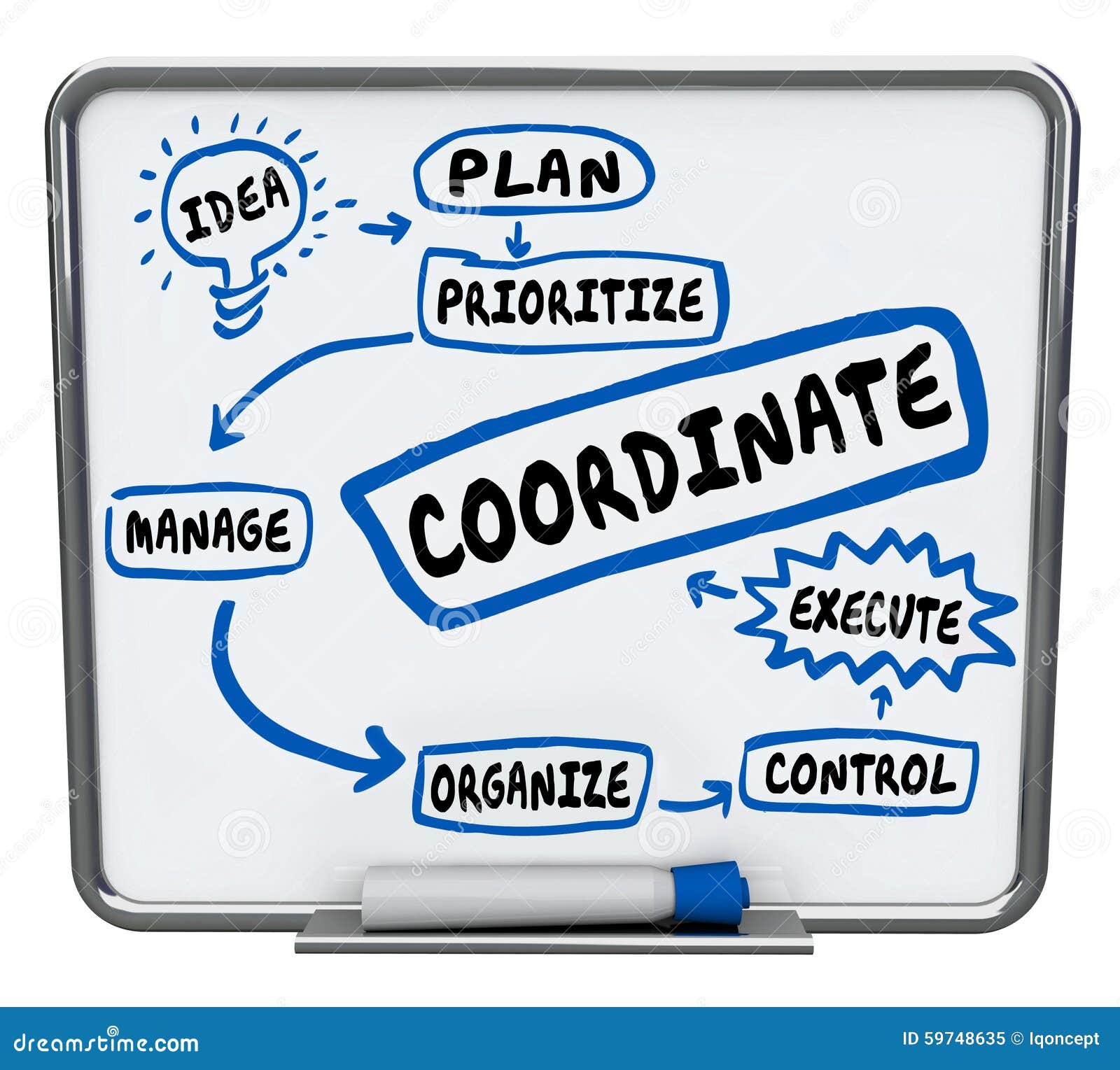In meetings, how do we make sure that topics flow, that everyone is heard, that everyone understands the topic before discussion about the topic happens, that frictions that may arise in the group do not prevent it moving forward, etc? And what if no-one is comfortable or highly skilled in facilitation?
The larger the group and the more complex the topic the more inefficient a meeting can become. This is because our traditional approach of raising your hand and waiting your turn before you speak does not recognise the multidimensional nature of meetings. A skilled facilitator can greatly help but, even then, will occasionally miss something.
Remember meetings you've been in where people are debating a controversial topic and lots of people want to speak. Lots of opinions and arguments are put forth and the fourth person to speak couldn't understand some key elements of the initial concept. So, everything from the initial point onwards has been lost in understanding and needs to be re-explained once the initial understanding is clarified.
Colours of Empowerment to the rescue! We started using this process for the complex and busy meetings in the early days of setting up the
Bellbunya Community to ease the pressure and seemingly endless discussion on so many topics. It worked.
How it Works
1.
Everyone participating in the meeting receives a set of five coloured cards, as listed below (in priority order):
- Red - Process. There is a process issue - e.g. The discussion has gone off topic or over time. We need to stop and reassess.
- Orange - Acknowledgement/ Emotions. To acknowledge emotions (my own or those I sense in the room) - e.g. expressing appreciation, recognising anger or tension or hurt feelings in the room.
- Yellow - Clarification. I want to ask a question to help me understand (gain clarity) about what is beeing discussed.
- Green - Information. I have information that could help others in the mtg understand.
- Blue - Opinion/ Comment / Idea. I have an idea or opinion to share.
It's good to create coloured cards with the words in bold written on the back to help jog meeting participants' memories. It is also good (especially whilst learning how to use the system) to have a poster on the wall, listing the cards in priority order that meeting participants can see during the meeting.
2.
Whenever someone wants to speak or ask a question, they simply hold up the coloured card that indicates the category of what they wish to say.
3.
The facilitator gives the next opportunity to speak to whoever is holding up the highest priority card, regardless of the order in which cards are actually held up. Red is highest priority and Blue is lowest priority. So, if, for example, there is someone holding up a blue card, another person holding up a yellow card and another person who later holds up a red card then the red card holder gets to speak first. The blue card holder only gets to speak if there are no cards of any other colour being held up.
Benefits
The Colours of Empowerment bring everyone along at the same pace. In a meeting, we can only progress at the rate of the slowest person and this process makes sure no one gets left behind. We give priority to making sure we are firstly on topic/time (red) and then that emotional needs arising within the meeting are being met (so that they don't get in the way of the process) (orange) and then making sure that everyone's understanding is clear (yellow and green) so that everyone can engage in the sharing of opinions/ideas etc (blue).
This system is not only faster and more efficient than the traditional system, it also:
- Makes a meeting much easier to facilitate because people are showing what is going on for them with the coloured cards, rather than the facilitator trying to perceive what is happening. This produces good results and makes it less scary for inexperienced facilitators. Group members will help the facilitator by pointing out (for example) a red card that the facilitator has not noticed.
- Increases group participation.
- Democratises the running of meetings through reducing dependence on a skilled facilitator, increasing participation of all people at the meeting and enabling less experienced/skilled people to step up and faciliate
- Encourages quieter people by providing a level of non verbal communication that validates a whole range of different states.
- Facilitates greater connection through enabling the sharing of emotional content effectively.

